Before you undertake your next direct mail fundraising campaign, check out our list of do’s and don’ts for direct mail appeals. Make sure to read to the end for a handy checklist that will set you on the path to direct mail fundraising success in 2018 and beyond.
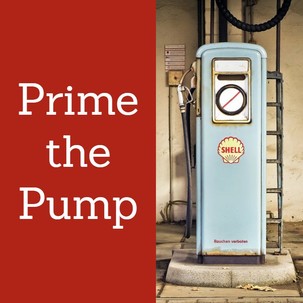
- Do make it familiar. Donors, especially those who have been giving for a long time, are very familiar with being asked to give through the mail. They have seen postcards, letters, brochures, and pamphlets arrive in their mailbox year after year, from nonprofits that they currently support or have supported in the past. It’s not new or scary, and it is a fairly straightforward method of fundraising.
- Do focus on the 50+ crowd. Direct mail campaigns work great with older demographics because they are very comfortable mailing in a check once a year in response to a mail appeal. This makes the direct appeal an effective way to touch base a few times a year with your older contributors, while fundraising along the way.
- Do prime the pump. Direct mail appeals are an excellent way to share success stories from the past year. Always include a short story, told from a personal point of view, that details how previous donations helped your organization to change a life or achieve your goals. Not all direct mail campaigns need to have an ask attached. Consider surprising your donors by simply sharing your success stories and thanking them for their participation. Removing the ask from one or two direct mail pieces indicates that you appreciate your donors and want to communicate with them without asking for anything in return. As a bonus, you are also priming the pump for your next direct mail appeal.
- Do run AB tests. Although too long to get into here, you should always AB test your direct mail pieces. For my free ultimate guide on AB testing your direct mail fundraising campaigns click here.
- Do tell a story. When done well, storytelling is the best way to create an emotional response from your donors. Always include a compelling, emotional story told from a first person point of view in your direct mail pieces. This story will create an emotional connection and help build the momentum needed for people to give via a direct mail campaign.
- Do “You.” Remember that this direct mail piece is going to be read by an individual who wants to make a difference. Craft/write your piece as though you were speaking to a single individual donor. Talk about how that single donation, no matter how big or small, can go a long way toward making a big difference in the lives of others and achieving success for the community.
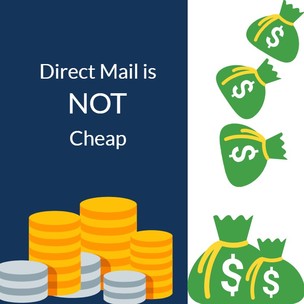
DON’T THINK IT’S CHEAP. Direct mail campaigns can be anything but cheap. Set realistic expectations of the costs associated with a well-run direct mail fundraising campaign. Consider the cost of a copywriter and editor (if you don’t have one on staff). And don’t forget to factor in printing costs and postage (both ways).
DON’T SET UNREACHABLE GOALS. Direct mail appeals have a very low response rate. According to Mobile Cause, successful direct mail appeals only have a return rate of 6%. So, for every 100 appeals you mail out, only three will be returned with a donation. This is just one reason why direct mail appeals function best as part of a larger fundraising strategy.
DON’T BELIEVE IT’S EASY FOR DONORS. Direct mail appeals are not easy for your donors. Stop and think about how many steps it takes for each donor to complete their donation.
- First, they have to open the mail - and let’s be honest here, not many people open the mail these days.
- Second, they need to read the letter or brochure included in your direct appeal, and they must form an emotional connection to the story presented. This is what prompts them to make a donation.
- Third, donors will need to fill out the response card, find their checkbook,and write you a check.
- Finally, and this part is really important, they need to mail it back to you.

- Personalize them. Use the mail merge function to add a donor's first or first and last name to the appeal letter.
- Include images. Too much text is difficult and boring to read. Images break up the text and add visual impact to the story you are trying to tell. Highlight, italicize, or bold all important information. This makes it easy for the person skimming your direct mail piece to pull out all the pertinent information.
- Be direct with your ask. Include a very direct ask for contributions and be very clear about what your organization is looking for from your donors. Consider what your nonprofit organization is looking for in an end-of-year gift. Are you looking for a pledge renewal? Are you looking for a first-time gift? A secondary gift? A special campaign gift? Make it very clear to your donors what you want them to give and what this money will be used for.
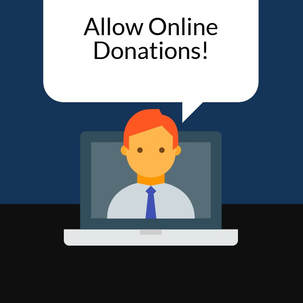
- Include an online option. include online giving opportunities, via the organization’s website, to make it easier for donors to give. Instead of relying on your donors to fill out and return the response card, include your website somewhere on the appeal letter and instruct any donors who may not feel comfortable giving through the post to visit your donation page.
- Collect the right data. If you do have a response card be sure to ask for the following information: name, complete address, email address, and phone number.
- Include a monthly giving option. Make sure to include a checkbox that says, “I would like this to be a monthly recurring gift.” Getting monthly recurring gifts from your donors is a great way to keep funds rolling in all year long. Include the opportunity for donors to make their donations via check or credit card.
- Ask for matching donations. Include a checkbox that asks donors if their employer or their spouse’s employer will match their gift. And don’t forget to always include your tax ID number and where donors can go to get more information about your organization.
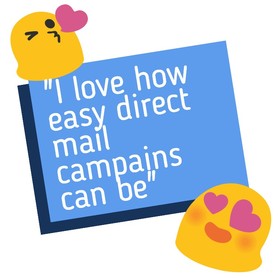
Check out these free online resources that we recommend to clients looking to create any type of campaign.
Don’t forget to get your copy of my free ultimate guide on AB testing for direct mail fundraising campaigns.
Abra is a member of the National Auctioneers Association and is one of 28 people in California to have their Benefit Auction Specialist designation. A gifted public speaker, she regularly conducts workshops on fundraising auctions, and is a sought-after speaker at fundraising events both locally and nationally as well as an active participant in the Association of Fundraising Professionals.

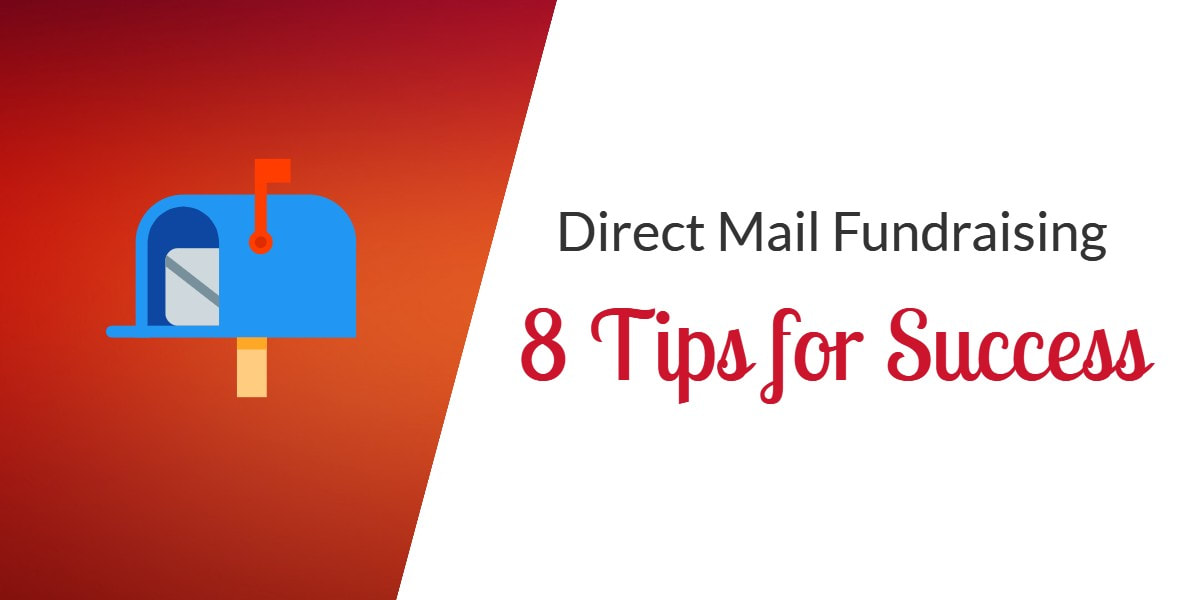
 RSS Feed
RSS Feed